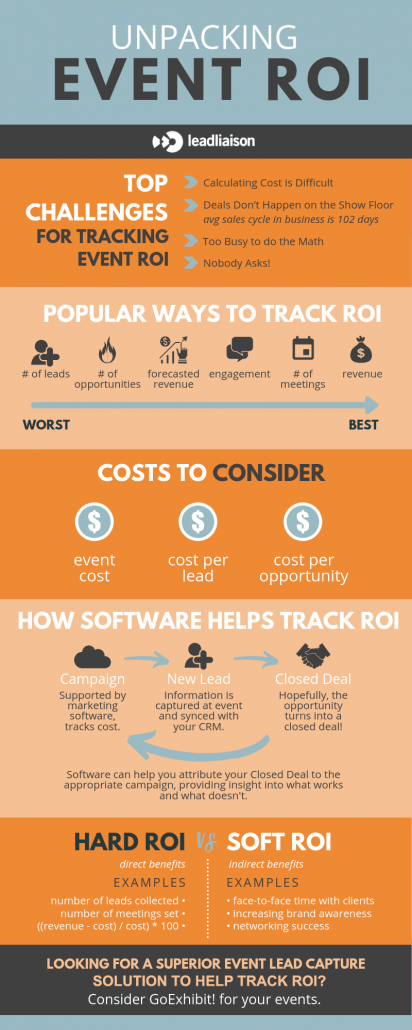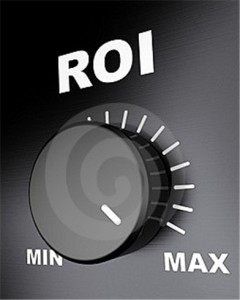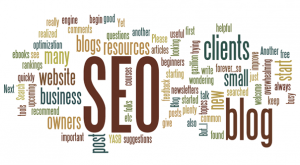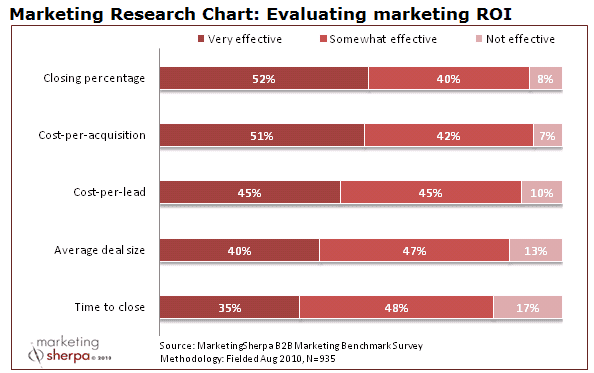How to Evaluate Event ROI from Your Trade Show
How can you execute an event, spend the money, and not know what you got out of it? Let’s say you are the CEO, and someone comes to you asking for a budget for an event. You’ll likely want to know your previous event ROI so that you can make the right decision.
Did you know that 23% of marketers can track event ROI (source)? That means 77% of marketers cannot. Yikes.
To download this infographic, click here.
Top Challenges for Tracking Event ROI
- Calculating Cost is Difficult – With expenses coming from every direction, it’s hard to keep up with it all. You’ve got to consider the cost of your booth space, travel and expenses of the team, sponsorships, and any other miscellaneous costs.
- Deals Don’t Happen on the Show Floor – To calculate the ROI, you need to know the return you got. That’s from the deal itself. The average sales cycle in business is 102 days (source). It might be a while before you can give an accurate event ROI.
- Too Busy to do the Math – There is a lot to do immediately following an event; the first of which being executing the necessary follow-up.
- Nobody Asks! – There is so much work leading up to an event, during an event, and after an event, that the biggest considerations are easily overlooked.
Popular Ways to Measure Return
Here are some popular ways to measure return, in order from most helpful to least helpful.
- Revenue
- # Meetings Set
- Engagement
- Forecasted Revenue
- # Opportunities
After calculating success, consider these important numbers:
- Cost of event
- Cost per lead
- Cost per opportunity
Software Systems Help Calculate Event ROI
Software systems help connect the dots between your campaign efforts and your end result. For example, in Salesforce.com you have a lead that starts as a contact, then onto an opportunity, then to closed/won. When that deal closes, for $10k for example, you should be able to tie that revenue back to the campaign (and more importantly, the cost of the campaign). Where did that lead come from? How did they find out about you? Having software in place that either tracks all information within one system, or having a few that integrate (communicate) with one another, can help you attribute those deals and make better decisions for your organization going forward.
Hard Event ROI vs Soft Event ROI
Don’t forget to consider both the hard ROI and the soft ROI.
Hard ROI is more about the direct benefits to your company. This can include how many leads you were able to collect, or how many deals you were able to close. The concept of hard ROI is more about financials.
But, there’s also a Soft ROI that you shouldn’t overlook. Indirect benefits like facetime with customers, increasing awareness of your brand, and any success you had networking should all count for something when evaluating the success of an event. Just because you didn’t close a deal, it doesn’t mean that you weren’t able to familiarize the industry with your product or solution. The more they see you and hear about you, the more likely it is that they will come to you when their need arises.
In Conclusion
Calculating event ROI can be tricky, but is an essential part of the event process. The process of calculating your event ROI will be specific to your business and your goals. There is no magic equation. What might be helpful, though, is setting yourself up to be able to easily track as much of this data as possible so that answering the question, “What was our event ROI?” is achievable.
Choose a software solution that helps you build event campaigns, captures exactly the data you need onsite, supports immediate follow-up, and tracks ROI. Lead Liaison’s event lead management solution, GoExhibit!™, does all of this. To learn more, click here.













